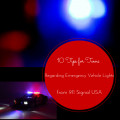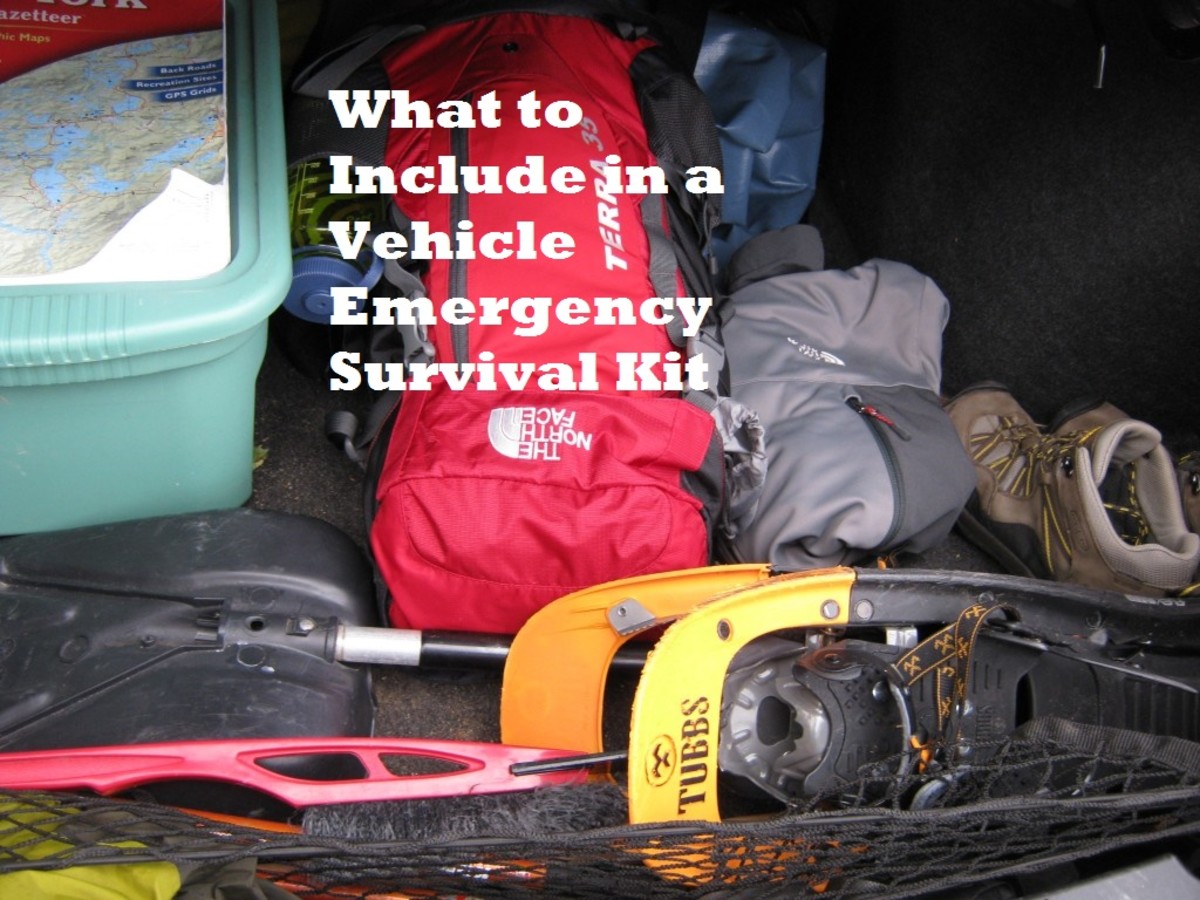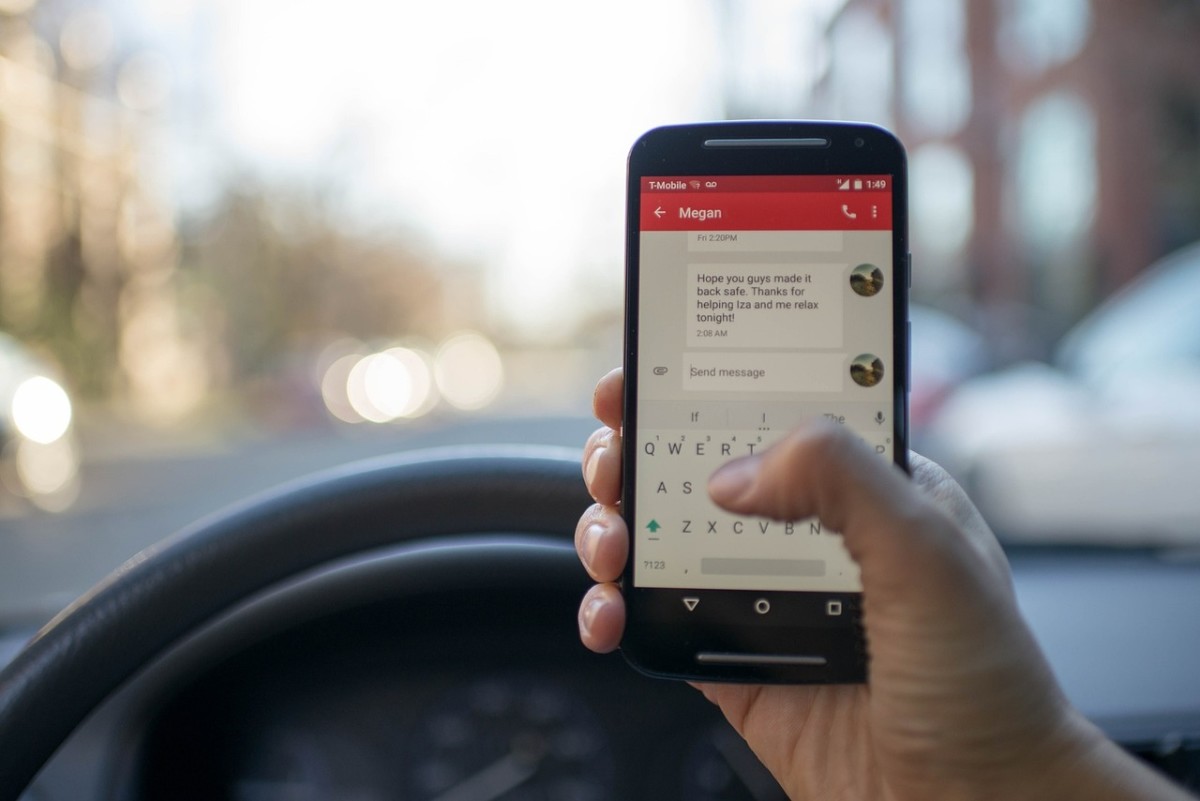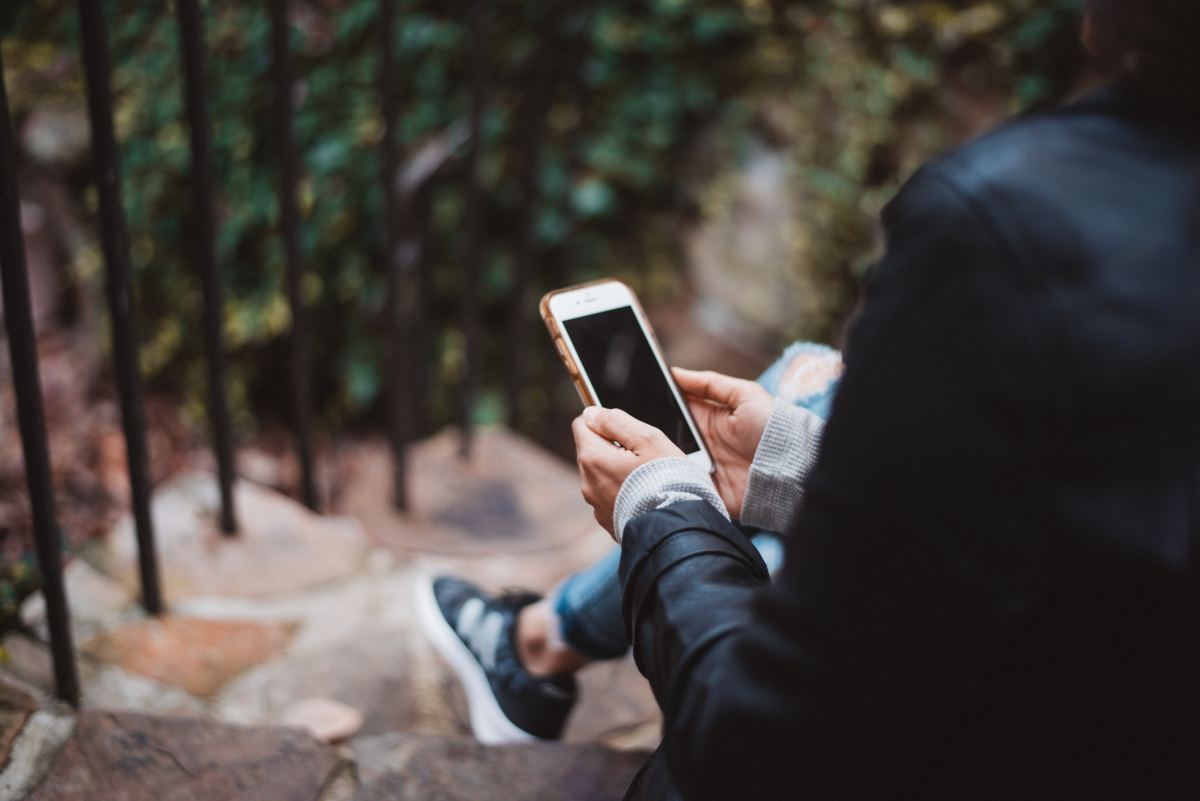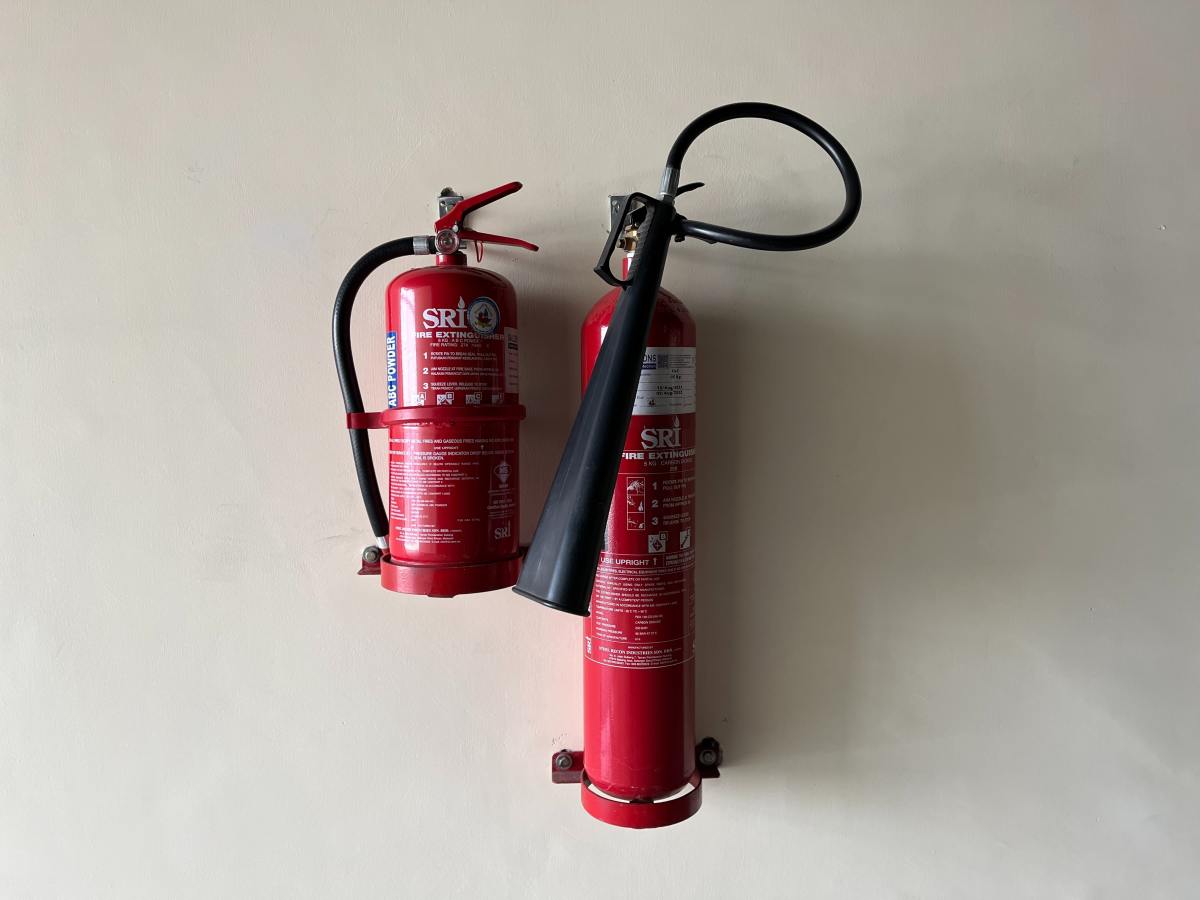Snow Emergency, Blizzard 2013 Weather and Car Emergency Survival Guide
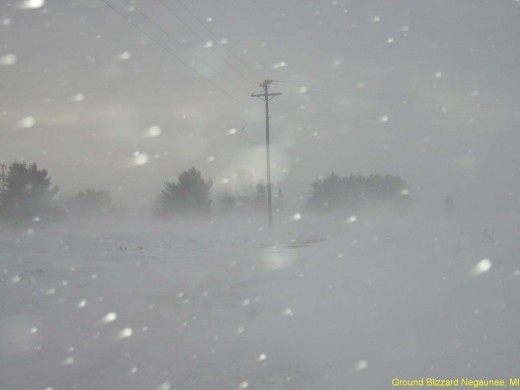
Weather Report Predicts Blizzard
US. Weather reports herald the season for snow emergencies, blizzards and icy road conditions. A careless, unlucky or malevolent moment can equal disaster for unprepared drivers and travelers. Take the case of a Carmel, Indiana family of four who drowned when their mini-van slid into a neighborhood retention pond one cold, December night in 2008.
Here's a guide designed to help you survive inclement weather including blizzard and snow emergencies, mechanical failure, and those with criminal intent. This car survival and travel information is beneficial to seasoned, as well as, teen drivers.
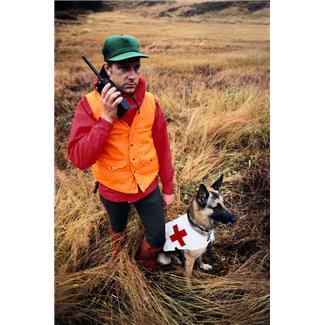
Always Check Weather Report or Forecast
Snow and Blizzards
Before the season of snow, ice and cold hits, you should make sure your car is in good condition. Along with a general check of your car's working condition, you should examine or have a mechanic evaluate your car's battery, heater, brakes, tires (amount of tread and inflation), belts, window wiper fluid and antifreeze.
Then, if you have to drive during a serious snow storm or live in an area which accumulates serious snow during the winter season, you should have a snow emergency kit. Assemble it prior to snow season, place it in a duffel bag and toss it in the trunk. Your emergency preparedness should include a charged cell phone. Before you leave, make sure someone knows where you are headed and your appropriate arrival time.
Emergency Kit
- Shovel (foldable)
- Material for Traction -- Cat Litter, Sand, Traction Mats, Roof Shingles
- Coat/Warm Clothing
- Boots or warm shoes with traction and extra socks
- Water and Energy Snack
- Ice thawing spray to free frozen car locks
- Handkerchief
- Jumper cables
- Warning or emergency flashing light
- Windshield wiper fluid
- Matches or cigarette lighter
Travel During Snow Emergency or Blizzard
You should stay off the roads during a snow emergency. THe roads are dangerous and the snow removal equipment needs to be able to plow the roads and apply salt and other deicing materials. Watch your local news to ascertain traffic conditions, accidents and other barriers.
If you must travel, follow these steps:
Allow extra time to reach your destination.
Slow down. Don't misjudge the road conditions, your skill or your vehicle's ability to successfully navigate.
Stay away from other traffic so if another driver starts to skid, you won't be in his or her path. Stay at least four car lengths behind other traffic.
Shift to a lower gear for travel during a snow storm. If you become stuck, try to rock the car back and forth--shifting into drive and reverse. Don't race your engine if you are hopelessly stuck.
If this fails, put the car in park, pull on your warm stuff, and grab your shovel and or material for traction. Try to remove the snow from around the trapped wheel(s) and add some traction. You should be able to free yourself by using this method.
If you still can't get out, tie the handkerchief to your side mirror, turn on your flashers and call for help. Run your engine and heater judiciously as you may be stranded for awhile and you don't want to run out of gas. And, make sure snow is not blocking your exhaust pipe or deadly gases could build up in the car. Of course, try to start any journey involving snow with a full or nearly full gas tank.
Blizzard
If you can avoid traveling during a blizzard, do so! If you are out and caught in a blizzard, turn on your lights to help your vehicle remain visibile among the swirling snow. Try to travel on main, well traveled and hopefully plowed road. Slow down and be prepared for sudden stops. Don't get out and walk in the road unless there's no vehicle traffic and you have no other options. If you do get stranded, don't get out and try to walk out unless you can see your destination.
Ice
Driving on ice is dangerous. as it is difficult to maintain control. Black ice is especially dangerous since it is transparent and unsuspecting drivers may find themselves sliding before they recognize their opponent. Proceed slowly during icy conditions, if you must drive, and keep plenty of distance between your vehicle and other traffic.
If you start to slide, steer in the direction of the skid. If your rear wheels are veering to the right, match their path by turning your front wheels to the right. Resist the urge to grip the wheel too tightly. And, don't slam on your brakes; maintain a steady pressure. Most cars are equipped with a breaking system designed to help prevent skidding.
If you don't have experience driving in snow or in icy conditions, you should establish some practice time. Scout out an isolated spot such as a large parking lot. Make sure there are no vehicles, fixtures or other obstacles close by. Also, don't position yourself close to the edge. Practice accelerating, braking and sliding. Get used to how it feels when you start lose control and practice correcting your spin.
Rain
Most drivers don't fear a few harmless showers. However, that initial period, when the pavement is just getting wet is one of the slickest. The liquid combines with oily residue on the roads and can lead to tricky driving. Always slow down, even for an intermittent shower.
Hail
In 2008, a hail storm cut a wide swatch across the Midwest, leading to millions in auto insurance claims for damaged cars including thousands of windows smashed by golf-ball sized hail. If you are in hail storm, attempt to safely pull over and protect your face and head by lying flat across your car seats and covering yourself with a coat or blanket if possible.
Fog
Always use your low-beam headlights when traveling in fog. High beams can actually create a blinding glare similar to the glare you encounter when someone is using high beams when approaching you. Turn on your hazard flashers and drive slowly, but don't abruptly stop in the road. The car behind may not see you in time to react. Use your defroster and wipers.
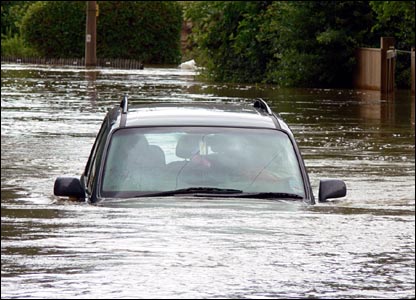
Submergered Car
Every year there are heartbreaking cases of families who perish after their vehicle became submerged in a body of water or rentention pond. Other drivers have found themselves steering their car down a flooded stree tafter becoming trapped in rapidly rising water. Never try to cross a creek or flooded road or area. Water can rise deceptively quickly and you can find yourself floating away.
Escape a Sinking Car
- If you find yourself sinking, try to remain calm.
- Get everyone to immediately remove their seat belts
- Open the window. Break it with a sharp object or tool such as ResquMe -- this tool employs a sharp spike to break a driver's or passenger window.
- Escape through the window.
- If you cannot escape through the window, attempt to open the door. You may not be able to accomplish this until the car fills with water. The pressure will equalize and you should be able to open the door while breathing from a pocket of air trapped near the roof.
Note: If you have young children, consider investing in some water training or swim lessons so they are more comfortable in water. In this potentially terrifying situation, water familiarity may help establish some level of calm and help you and your family escape.
Mechanical Problems
Fire
You're cruising along Highway 101 when you notice flames coming from under your hood. Get the car over to the shoulder ASAP, shut off the exit, grab any passengers and get as far away as possible. Do not try to diagnose the problem; the car could ignite!
Tire Blowout
A blown tire can create instant instability. Remove your foot from the accelerator and hold the wheel firmly as the car may shake. Resist slamming on the brakes. Get to the shoulder. If you have a spare and can change the tire, make sure you block the tire(s) with a block of wood to stabilize the car.
Brake Failure
Another terrifying scenario involves your car and your brakes -- or lack thereof. If you press down on the brake pedal and there's nothing there, you should downshift and pull up on the emergency brake. Try to steer away from the traffic and turn off the engine.
Uncontrolled Acceleration
Toyota and sudden acceleration have been front page news recently. However, no car is immune to this rare problem. If you encounter this problem, continue to apply firm brake pressure. Shift your car to neutral to disengage the engine and steer to the road side or shoulder. Place your car in park and turn it off. If you see you are unable to avoid an accident, try to use your horn to warn other motorists.
Car Overheating
If your car instrumentation indicates your car is too hot or you smell or see smoke, you should pull over and turn on your heater (yes, your heater).This will draw heat from the engine. Raise your hood only if you don't see steam. Wait for 45 minutes and add coolant. Call for assistance.
Car Abduction and Theft
Every few minutes, a car and sometimes the car's occupant, is snatched. There are books, videos and training programs designed to prevent abductions and the experts' takes on potential escape strategies vary. The best plan is, of course, to avoid being a victim.
That two-minute trip to grab a cup of coffee, could leave you stranded sipping your brew, while you are awaiting the police to report your car stolen. Turn off your car and lock your doors even if you are just running in for a minute. Never, never leave your child, asleep or not, in the car.
Be aware of your surroundings and heed your intuition. If you are in an isolated area and you see someone approaching your car as though to intercept you, go back into the store or other public area until you can judge their intent. If they continue to mill around, ask someone to escort you to your car. Likewise, if you are working late, ask security or a coworker to walk you to your car.
If someone attempts to open your door, while you are stopped at a light, drive off if you can. If not, lay on the horn and scream bloody murder. If they get in the car and you don't see a weapon, leap toward the passenger door to exit and kick like your life depends on it -- it well might.
If you are approached away from your car, be prepared to run while screaming "fire" and drop your purse or wallet to distract them. Remember, your first option should always be to draw attention to yourself and get away.
If all else fails and you are taken, try to gather your wits and ascertain what the assailant wants. Pay attention to your route, locations, etc. Don't cry, become hysterical or challenge your abductor. Try to talk to the assailant and see if there is some common ground such as family to establish some rapport.
Cars Most Frequently Stolen
According to the National Insurance Crime Bureau, older model cars are stolen more often than newer cars, in part, because they are deemed easier to steal. Here's a list of the cars stolen most often in 2009. Other than the Corolla, all of the models taken most often are at least 7 years old. You can lessen the chances of having your car snatched by making sure it's always locked, avoid leaving tempting items in the open, have a car alarm, and parking in well- lit places.
- Honda Accord
- Honda Civic
- Toyota Camry
- Ford F-150
- Dodge Ram
- Dodge Caravan
- Chevrolet Pickup
- Acura Integra
- Ford Explore
- Toyota Corolla (new model)
Road Service
You're driving alone, replaying that upcoming 9:00am meeting in your mind, when BAM. Someone rearends you. Resist the urge to demand their first born and follow these steps.
- Make sure no one is injured. If someone is hurt, call 911 immediately.
- Stay at the scene; don't worry about that meeting now. Both vehicles should turn on their emergency flashers.
- Call the police as soon as possible. They will send an officer to interview both drivers and complete a police report. They may inform you that it's ok to leave if no one is hurt and there is limited or no damage. If so, still exchange insurance and contact information with the other driver.
- If you are on a busy road, stay inside the vehicle. Only leave the vehicle if you are concerned about it being struck again and you have a safe place to wait. Don't wait beside the vehicle. Too many times, accident victims and law enforcement are struck while while standing at an accident scene. (Check out the above video).
- Now's not the time to debate the accident with the other driver or witnesses. Don't open the conversation with "Where'd you learn to drive!" Exchange contact and insurance information. Get contact information from witnesses if possible.
- Call your car insurance company to report the accident and file a claim. Note location, times and circumstances. They will give you their protocol for getting your car fixed. Take a picture of both cars with your cell phone or camera.
Emergency Kit
Car Emergency Kit
- Snow Emergency Kit (above)
- Flashlight
- First Aid Kit with bandages, antiseptic, sting relief, scissors, pain relief, safety pins, gauze
- Hammer Rescue Tool/ Vehicle Escape Tool (place in glove box)
- Flat Fix
- Emergency/Traffic Flashing Light or Markers
Also, make sure you are up-to-date on any maintenance requirements. Never drive if any of your vehicle's key components are substandard -- brakes, tires, wipers, lights.
Also, consider joining one of the travel clubs such as AAA Motor Club. The fee ranges from $39.00 -- $119.00 a year and includes roadside assistance, battery jumps, towing, flat tire assistance, etc. This fee can be worthwhile, particularly, for an older car.
- National and Local Weather Forecast, Hurricane, Radar and Report
The Weather Channel and weather.com provide a national and local weather forecast for cities, as well as weather radar, report and hurricane coverage.


